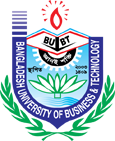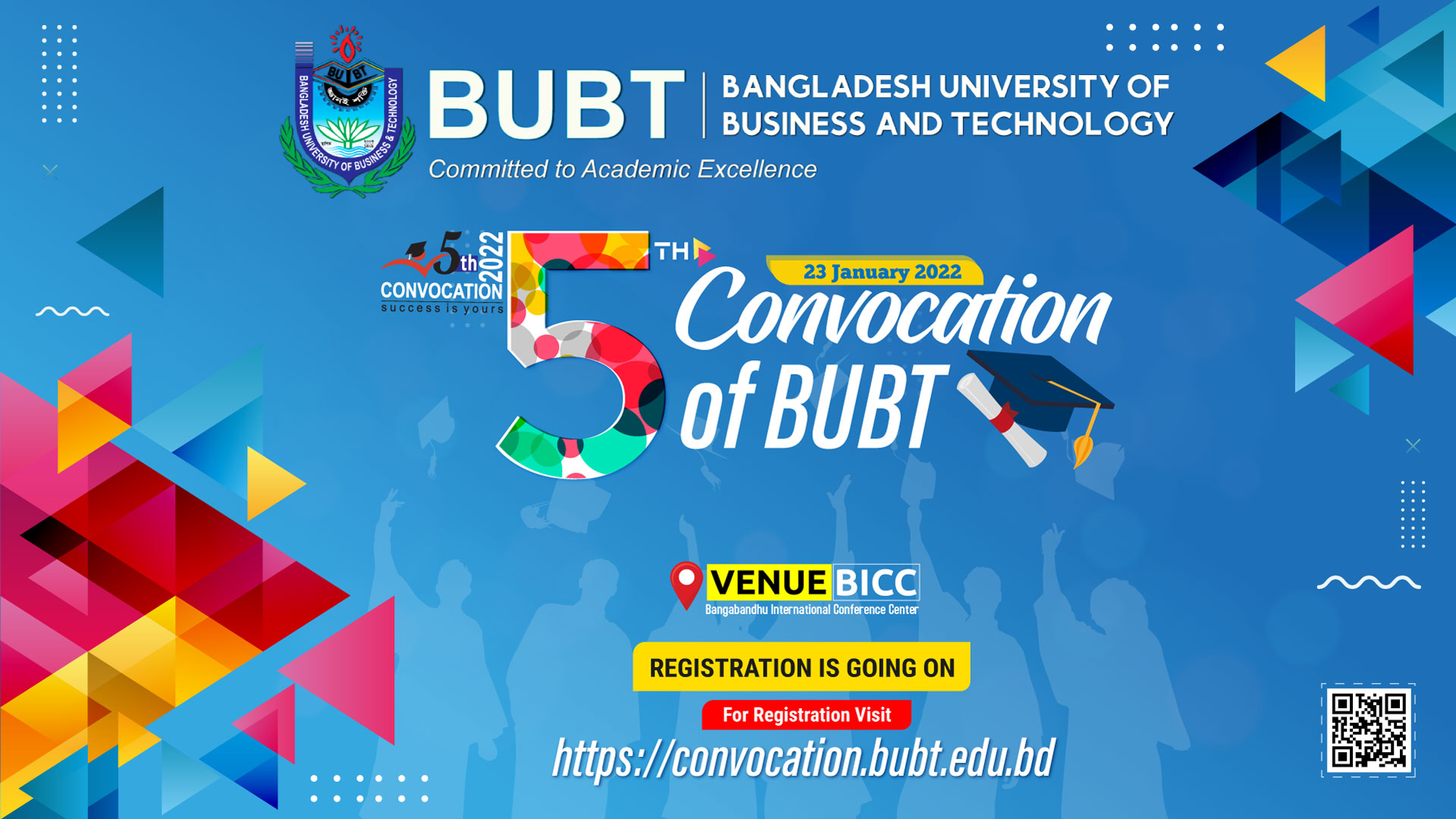Introduction to Heat: Concept of Heat and Temperature, Heat transfer Mechanisms, Mean Free Path, Atomic Heat of Solids, Radiation, Black Body Radiation, Plank Radiation, Liquification of gases, Low and high temperature measurement.
Thermodynamics: Thermal equilibrium and Zeroth law, The first law of thermodynamics, Some consequences of first law, The second law of thermodynamics and its application, Entropy, Enthalpy, Combined first and second law, Heat engines, Carnot’s Theorem, Clayperon equation, Application of energy concept.
Structure of Matter: Crystalline & non-crystalline solids, single crystal and polycrystal solids, Unit cell, crystal systems, Various defects in solids. Introduction to band theory: distinction between metal, semiconductor and insulator.
Wave and Oscillation: Differential Equation of a simple harmonic oscillator, total energy and average energy, combination of simple harmonic oscillation, lissajous figures, Damped oscillation, undamped oscillation, Resonance.
Nature of light: Corpuscular theory, Wave theory, Huygen’s principles, Reflection and Refraction law in Huygen’s Principles.
Interference: Youngs Experiments, Coherent sources, Analysis of interference, Fringes, Fresnel’s biprism, Newtons ring, Michelson interferometer and its application.
Diffraction: Diffraction by single slit, Position of maxima-minima, Circular aperture, Diffraction at circular aperture, Resolving power of telescope and microscope, Double slit Fraunhoffer diffraction, Diffraction grating, Resolving power of grating, Fresnel diffraction by circular aperture, Cornu’s spiral.
Polarization: Light wave vs EMT, Polarization by reflection, Polarizing angle and Brewster’s law, Polarization of transverse wave, Polarization by reflection and pile of plates, Types of polarization, Nicol prism, Laws of Molus, Scattering of light and blue sky, The red sunset.
Credits: 3.00
Prerequisite: none








